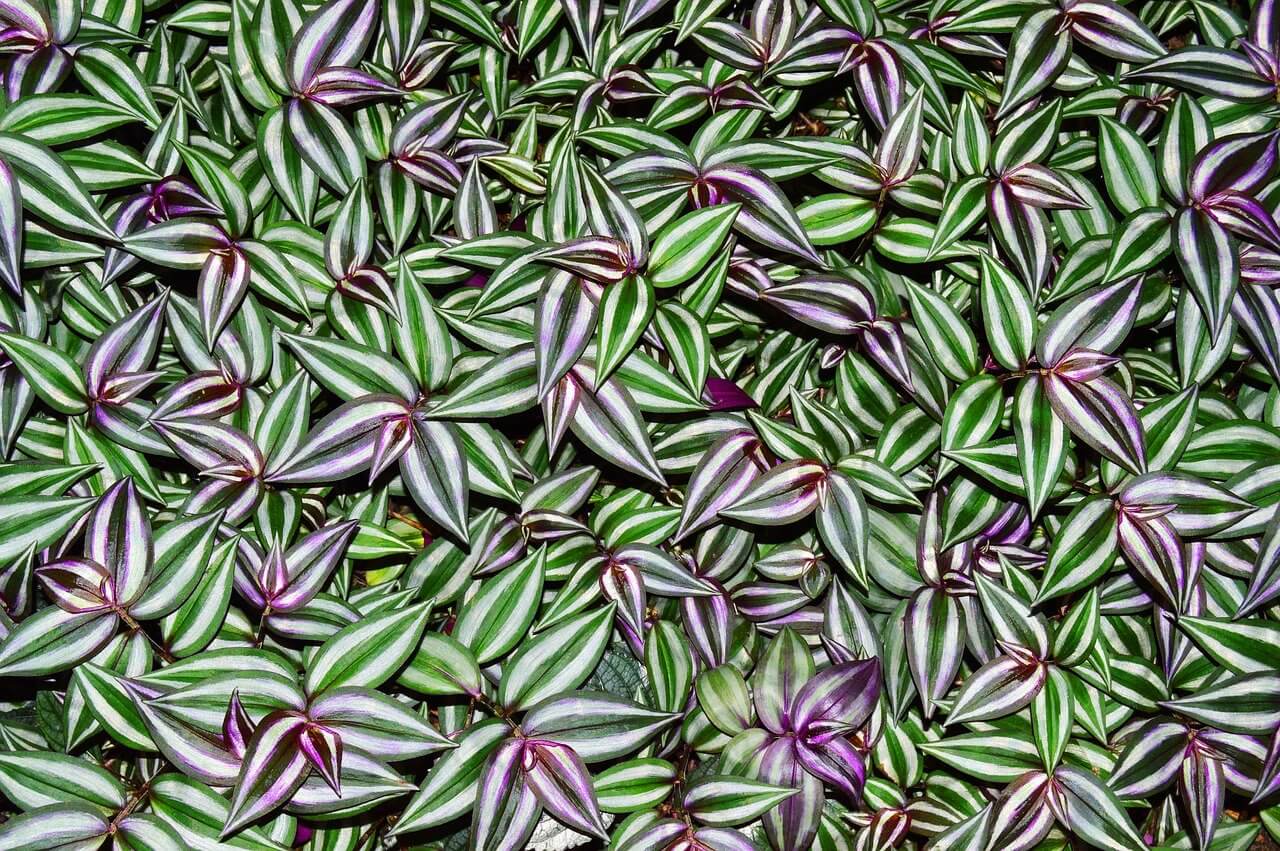Plant Care Instructions for Zebra Plants, Zebra Plant repotting, care tips, lighting, soil, watering, temperature tips.
The zebra plant grows well indoors when it is given the right care and conditions. However, it is a fairly temperamental species and can easily lose its leaves and becomes long legs without the proper care it needs.
While the bracts of yellow or golden flowers that bloom for about 6 weeks are very attractive, the foliage only makes the Aphelandra squarrosa (scientific name) a large ornamental plant to exhibit indoors.
The Zebra plant is a fairly popular plant that is cultivated for its flower bracts and dark green leaves with prominent white veins. So, if you are looking for a flowering or foliage plant, this is a plant for one or both.
Flowers:
The flowers look similar to other heads of bract-type flowers and grow cone-shaped at the tips of a stem with small flowers growing outside the bract. The amount of floral heads produced depends on the number of stems, which in most cases is two or four. The flower bract will last up to about 6 weeks and the small yellow flowers that grow from the bract last about a week. The bract is the real attraction instead of the small flowers. A producer can wait for flowers after the summer.

Source : pixabay.com
Foliage:
As mentioned above, the squarrosa aphellara shows beautiful bright and dark green leaves with prominent whitish veins. These leaves grow about 9 inches long and a few inches wide at the center of the leaf, and have pointed tips.
Where to show:
I thought you would mention where it is best to place and show your Zebra plant because the conditions you need are quite strict once it has blossomed. The best place for them to grow well is in a greenhouse or in any other glass room because they generally offer more bright light and the ability to better control humidity, which is what this plant likes. However, growing up in any well-lit room with quite high humidity and a lot of warmth is worth going in the growth of this demanding species.
Zebra Plant Care
- Temperature: temperatures of 60-75ºF (15-23ºC) are ideal and not lower than 55ºF (13ºC).
- Light: Bright light is preferred without direct sunlight during the summer.
- Irrigation: it is important to keep the soil moist to the touch, and not with water or too dry. It is advisable to use lukewarm warm water (not hard water).
- Soil: Most soil mixtures for multi-use or peat-based pots are good to use.
- Re-Potting: Re-pot in the spring of each year. Just use a pot one size larger if the plant has been tied to the pot (too much).
- Fertilizer: feed it with a balanced fertilizer once every two weeks during spring and summer.
- Humidity: Zebra plants have a slightly higher humidity than many other plants of 60% – 70%. You may have to artificially raise the humidity levels in a room by placing the plant in a wet tray with pebbles or using a humidifier. The low levels of humidity inside a room with artificial heating during the winter will not make a Zebra plant very happy.
- Propagation: These are propagated by taking a couple of inches of long cuttings at the tip of the stem and using the rooting hormone to help them root. The ideal ambient temperature is around 70 ° F (21 ° C) and quite high humidity improves the possibility of successfully propagating the cuttings. Applying heat to the bottom of the pot (using a temperature mat) can accelerate the growth process. Pruning When the flowers begin to die remove them. Also prune the stem and leave it down, so that only two rows of leaves remain in height, once the bract begins to disappear. This can help prevent the plant from getting long legs and losing leaves (what most do) while giving the plant the opportunity to grow the following year. Do not forget to take your cut to spread now!
Potential problems
It is not strange that one of these plants does not see next spring. Seeing all the care instructions mentioned above (ie light, temperature and humidity) will improve the chances of helping a Zebra plant bloom the following year.
Falling leaves: The cause here could be dryness of the ground, too much cold air, cold air currents or even too much sunlight. I would advise you to eliminate some of the possible causes that can not be the cause (for example, winter – it is not likely to be sunlight) and adjust the conditions to correct the possible causes.
The tips of the leaves turn brown: the most likely cause here is low humidity. First try to mist if you have not been and if you do not have joy, try to increase the humidity as mentioned above.
Zebra Plant (Aphelandra Squarrosa)
Light: lots of light
Temperature: 68 to 72 F – 20 to 22 C
Humidity: 40%
Soil: tropical
Watering: every second or third day
Spraying: every second dayAdvertisement
The Aphelandra is from South America. Its leaves of an intense, bright green streaked with ivory-white veins give it its common name of zebra plant. When the plant is mature it will produce a yellow spiky flower the shape of a four-sided pyramid.
This plant needs a humid temperate atmosphere and lots of light. After flowering, which lasts two or three weeks, the faded blooms should be removed. Soon you will see shoots developing at the base of the leaves. You should then let your plant rest for about two months; stop fertilizing it and reduce the watering.
After its rest, your plant should be repotted and cut back lightly to stimulate new shoots. Propagation is generally done with slips, but this is very difficult to do without proper facilities.